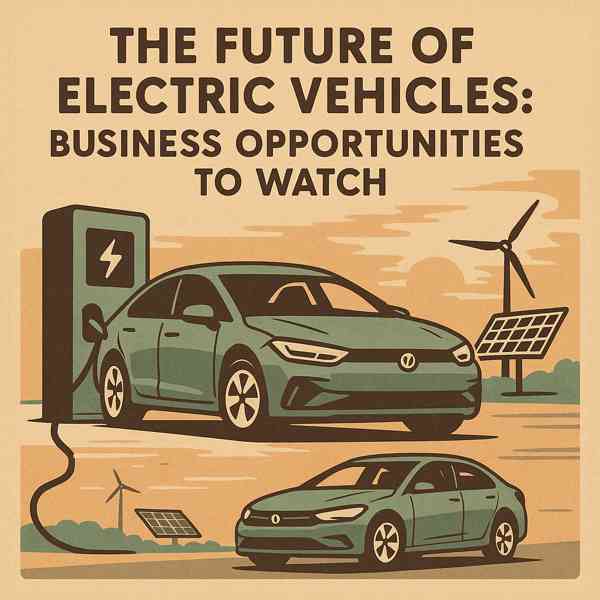From Gas to Green: Why EVs Matter
From Gas to Green: Why EVs Matter
Blog Article

Electric vehicles (EVs) are transforming the way we think about transportation.
As battery technology improves and infrastructure expands, owning an electric vehicle has never been more practical.
What Are Electric Vehicles?
Electric vehicles are powered entirely by rechargeable batteries, rather than traditional internal combustion engines.
What powers EVs:
- Drives the wheels using electricity
- Usually lithium-ion or solid-state
- Controls efficiency and output
- Connects to home or public chargers
Electric vehicles come in various types, such as hybrid electric vehicles (HEVs)—each with different levels of electrification.
Advantages of Going Electric
The rise of electric vehicles is fueled by their numerous benefits.
Major benefits include:
- Reduced maintenance needs
- Helps fight climate change
- Less noise and vibration
- Financial perks for EV buyers
For eco-conscious and cost-aware drivers, electric vehicles are an increasingly responsible choice.
Challenges of Electric Vehicles
Understanding the limitations of electric vehicles will help you make an informed decision.
EV challenges to consider:
- May require more frequent charging
- Not all areas have adequate public chargers
- More expensive upfront than comparable gas models
- Battery lifespan and replacement
As technology advances and infrastructure improves, many of these challenges are becoming less significant.
Different Kinds of EVs on the Market
Not all electric vehicles are the same.
Categories of electric vehicles:
- Battery Electric Vehicles (BEVs)
- Can switch between electric and fuel power
- Self-charges through regenerative braking
- Fuel Cell Electric Vehicles (FCEVs)
Each type has its pros and cons, so buyers should evaluate their needs.
How to Charge Your EV
There are multiple charging levels and methods depending on your daily usage.
Main EV charging options include:
- Slow but accessible anywhere
- Level 2 Charging
- Can charge 80% in under an hour
- Wireless or inductive charging (emerging tech)
As public charging networks expand, EV owners will enjoy even more accessibility and peace of mind.
What’s Next for EVs?
As governments push for cleaner energy and manufacturers invest in innovation, the future of EVs looks bright.
Where get more info EVs are going:
- Solid-state battery technology
- Using EVs to support the power grid
- The future of hands-free travel
- Expansion of affordable EV models
As innovation continues, EVs will become more dominant in the automotive world.
Conclusion
Electric vehicles represent a major shift in how we think about mobility.
From environmental benefits to cutting-edge tech, electric vehicles offer a sustainable alternative to traditional cars.
Report this page